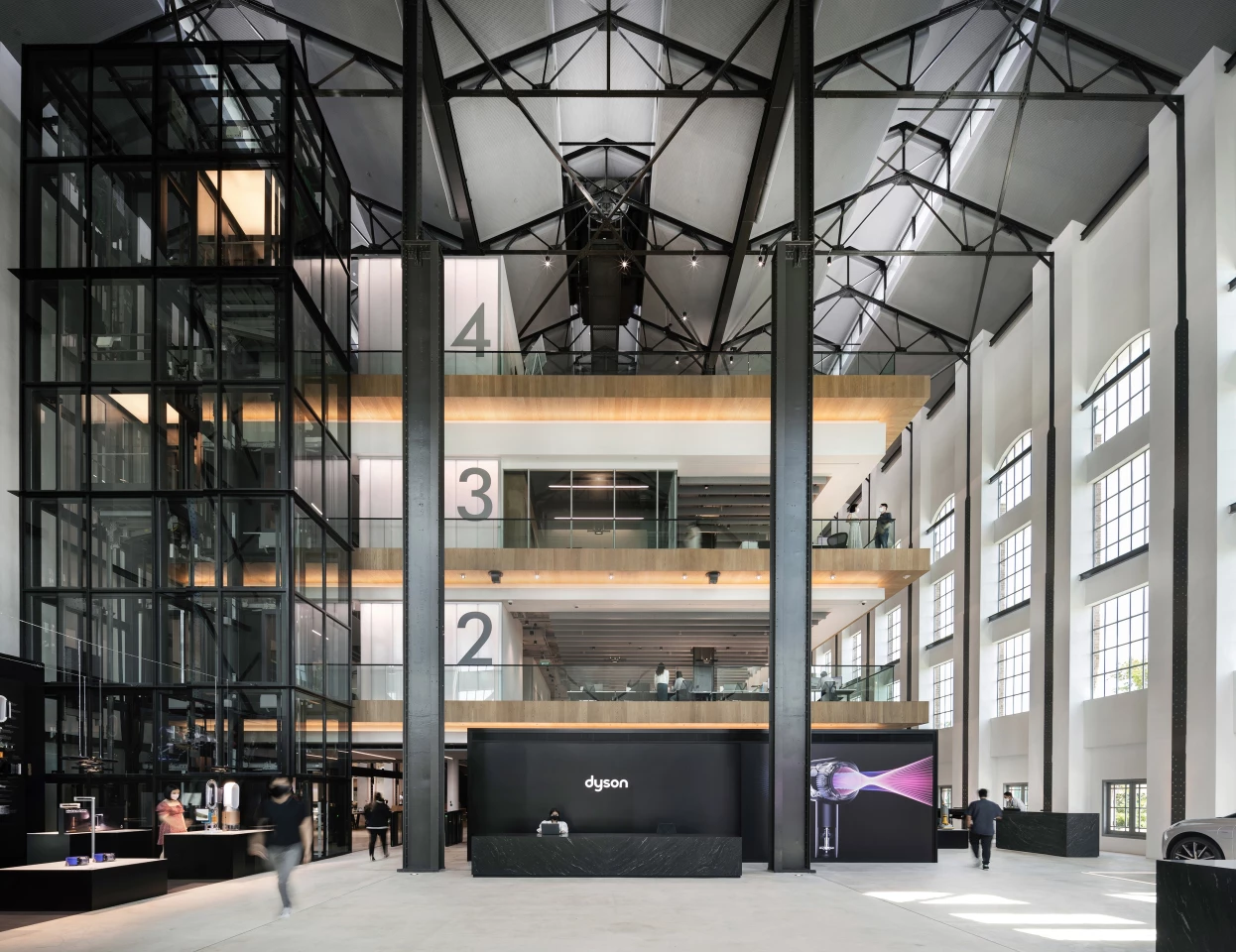The annual Architecture MasterPrize (AMP) offers a superb opportunity to check out a wide range of projects from around the world. Featuring everything from landscape projects to towers and high-end homes, 2022's highlights include an energy efficient sand dune-shaped office, a museum topped by an unusual undulating roof, and a former power station that was turned into a corporate headquarters.
Now in its seventh year, the AMP was created by awards organizer the Farmani Group to help promote the appreciation and exposure of the world's most impressive architectural design.
"The award winners were selected through a multi-round voting process conducted by a jury panel of renowned architects, academics, and industry experts," explained the AMP press release. "Their selections showcase some of the best overall design, excellence, and creativity in architecture, in academia, and in the field.
"In addition to their visually striking designs, the jury was impressed by how the award-winning entries demonstrated an amazing balance of form and function. The abilities displayed through this year's entries are sure to inspire the next generation of architects. Their work will echo through the future, as it also reflects an increasingly important focus on sustainability."
We've chosen a few examples that caught our eye below, but be sure to head to the gallery to see a broader selection of this year's winners chosen by AMP.

One standout project is the Zaha Hadid-designed Beeah Headquarters. A winner in the Commercial Architecture category, the sleek office building is classic Hadid with its daring curves and complex form, and is inspired by the surrounding sand dunes in a desert area of Saudi Arabia.
The building boasts significant sustainability features. As well as a focus on natural ventilation and light, it was partly built using recycled materials. Energy efficient cooling helps regulate the interior temperature and an on-site treatment system filters waste water, while all required power comes from a large solar farm nearby.

The House of Music, Hungary, by Sou Fujimoto Architects, won the Architectural Design of the Year prize. The project is designed to take its place well among the forested area of Budapest's City Park, with its roofline carefully placed below the height of the surrounding trees.
Looking like a big holey pancake, the roof is partly inspired by sound waves and is punctuated with almost 100 holes of varying sizes. Some of the holes have trees growing through them, while others are used to increase natural light inside the music museum. The interior decor replicates the surrounding landscape with an intricate suspended ceiling decorated with thousands of tree leaves.

M Moser Associates' Dyson, Global Headquarters, Singapore won the Interior Design of the Year prize. Bringing to mind the Battersea Power Station redevelopment – albeit on a smaller scale – the project involved repurposing a 100-year-old power station in the city state into Dyson's new global HQ.
The cavernous interior is arranged to foster collaboration. It's centered around the four-story Turbine Hall, which is defined by a large feature staircase and serves as a circulation hub, connecting all areas of the building.
Source: AMP

























